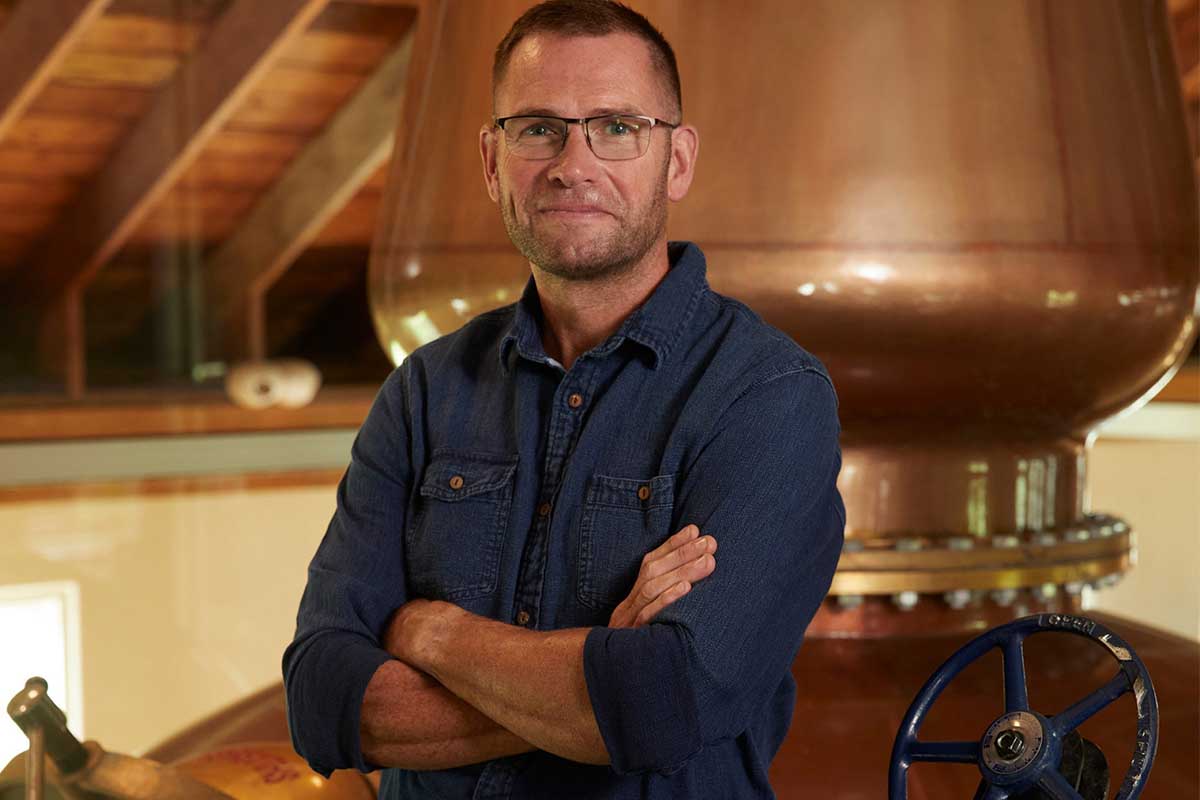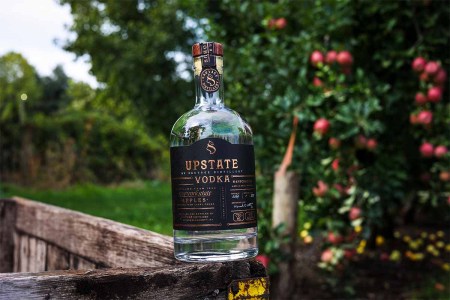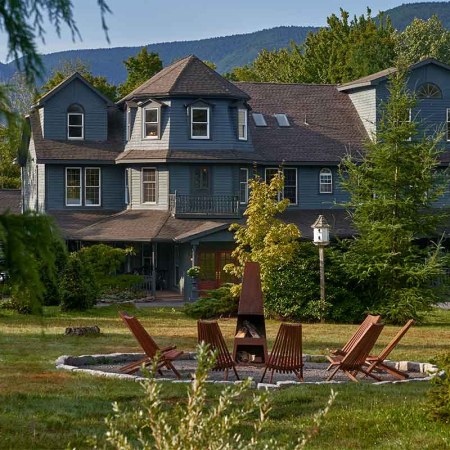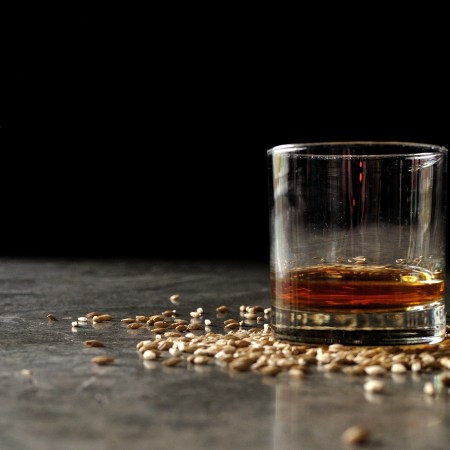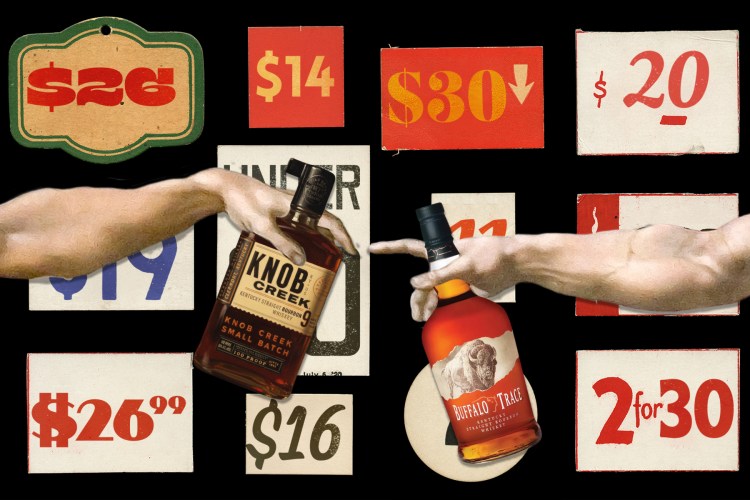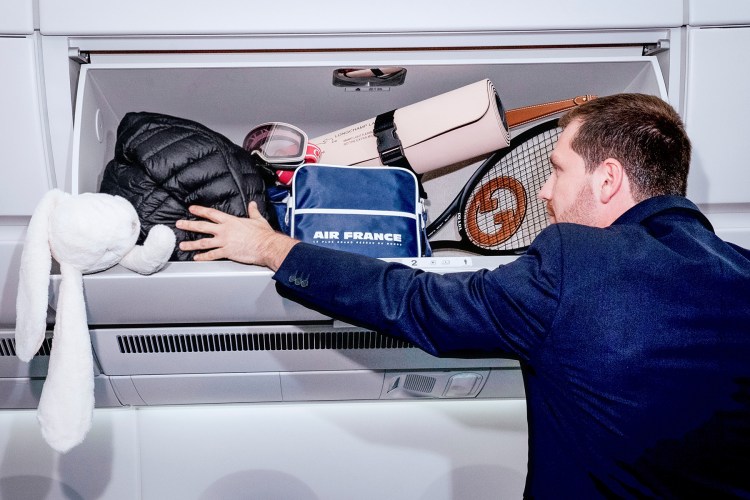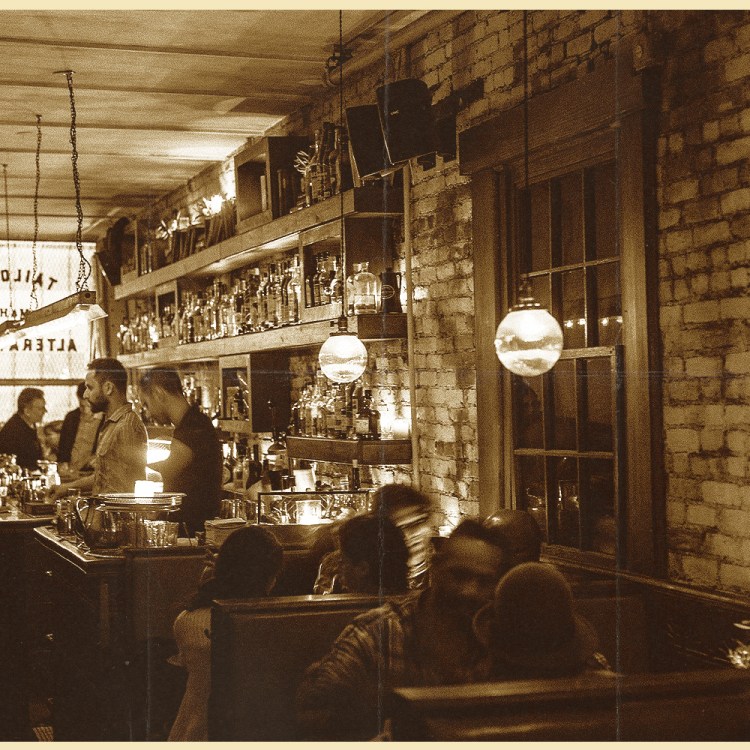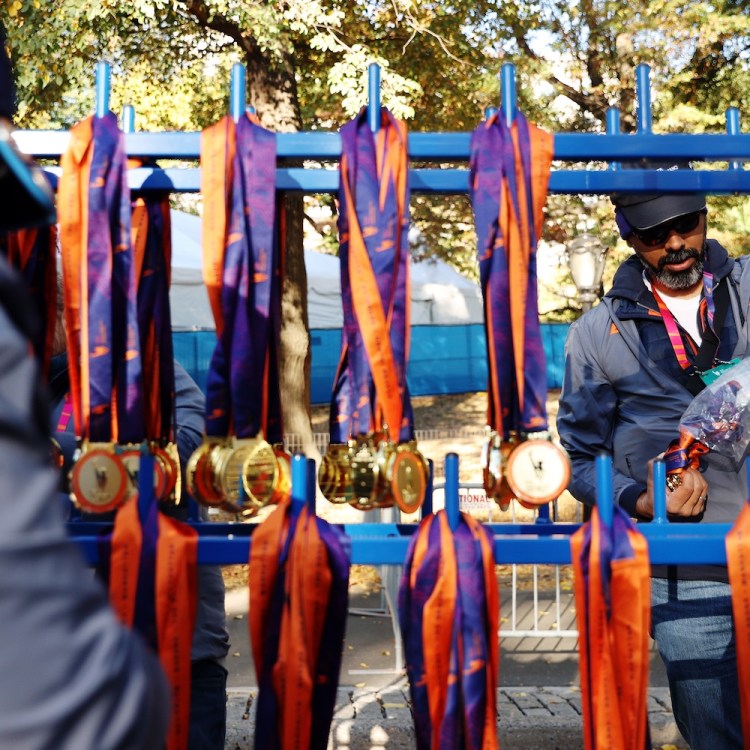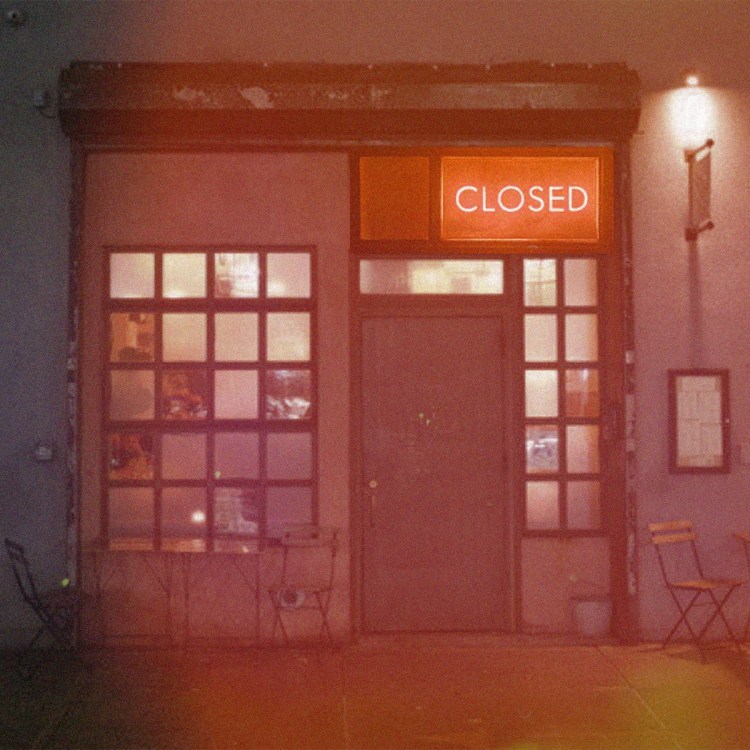Getting to Tenmile Distillery from New York City takes a little more than two hours. Just board a Wassaic-bound train at Grand Central, ride through the upstate countryside, disembark at tiny Tenmile station and walk a minute or so down Sinpatch Road (so named for the bars and houses of ill repute that once lined it). Then you’ll reach the distillery, housed in a renovated dairy barn and set on 70 acres of rolling farmland.
Thirsty travelers started visiting Tenmile last summer to buy bottles of the distillery’s vodka and gin — and sip vespers and G&Ts at its oak-paneled bar. And through Thanksgiving, there’s a 1970s airstream on-site from Thursdays through Sundays, serving locally sourced dishes like roasted spring onions with romesco, steak au poivre, and agnolotti.
But Tenmile is a single malt house at heart, and a certain type of whisky drinker has also been dropping in to add their name to a list that guarantees them a $175 bottle of Little Rest, Tenmile’s inaugural American single malt whisky.
Of the 6,000 bottles, around 1,000 are left. Which means that aforementioned two-hour train trip might be in your near future.
The Making of a New York State Single Malt
Master distiller Shane Fraser’s route to Tenmile began three decades ago. At 16, he started giving distillery tours at Royal Lochnagar, about a mile south of Balmoral Castle in the Scottish Highlands. He stayed at Lochnagar for 14 years, rising from floor sweep to a senior distiller before moving on to Oban, Glenfarclas and then Wolfburn, where he helped build the distillery from scratch.
Then Fraser answered an Indeed ad for a job on Sinpatch Road.
John Dyson and his son-in-law Joel LeVangia had been working on Tenmile for years. The distillery was a nod to Dyson’s Scottish heritage and a natural fit in his portfolio of passion projects. His family has owned land upstate since the 70s, and he runs a private equity firm, Millbrook Capital, in addition to Millbrook Winery, located 11 miles northeast of Tenmile, and Williams Selyem Winery in Sonoma County.
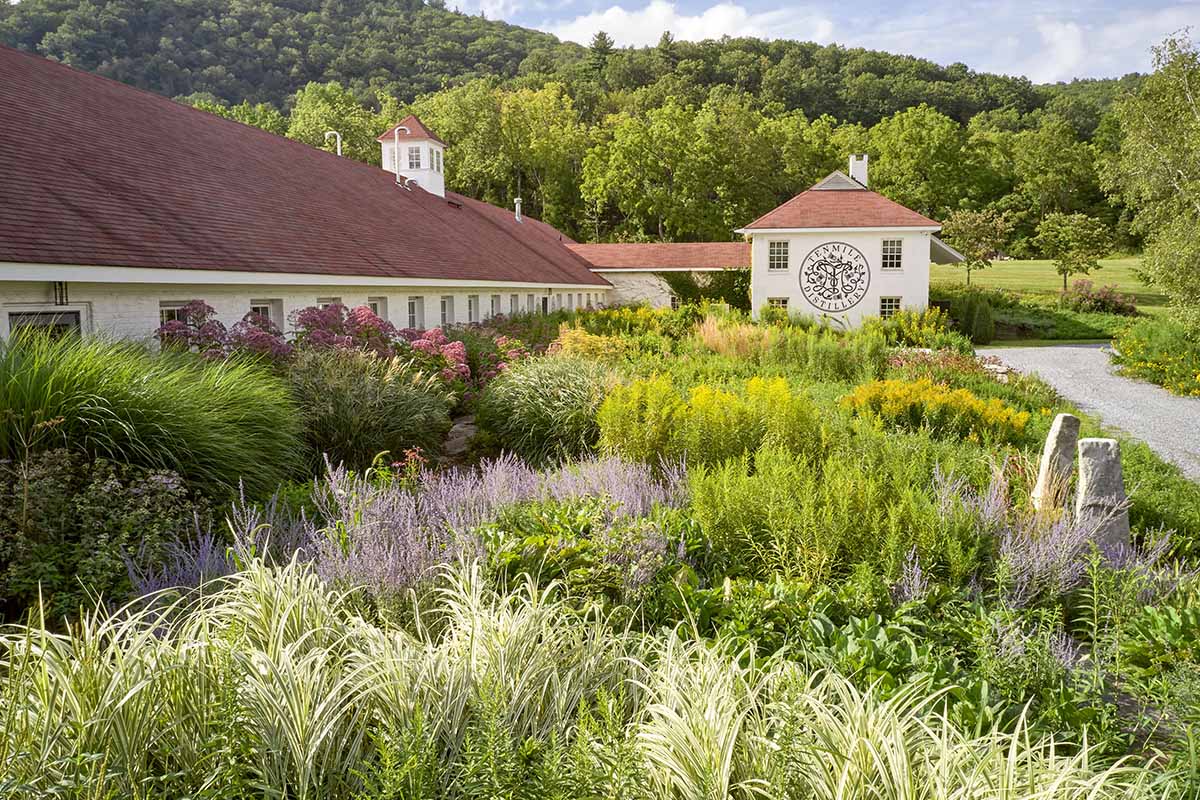
After drinking a 25-Year Yamazaki, LeVangia had gone down a decade-long rabbit hole of single malt drinking and self-education. “I started talking to my friend who had given me that Yamazaki, and he and I were going to get a garage on an acre someplace and start a distillery,” says LeVangia, who worked in politics, movie production and real estate investment. “Then I got into a conversation with John, whose mother’s maiden name was McGregor and whose grandfather McGregor taught him how to farm. He was like, ‘There are a lot of things that can go wrong with your garage plan. I have wanted to do a whiskey distillery for 20 years. So if you’re serious about it, why don’t you do mine?’”
Fraser, looking for a new challenge and change of scenery, completed the whisky power trio. He flew to New York in the summer of 2018 for an interview, moved to a small house on-site the next year, and secured an 0-1 visa, the type reserved for workers with extraordinary abilities (“Like Major League soccer players,” he says, laughing).
This Tiny New York Distillery Has Crafted the Ideal Spirit of Fall
Upstate Vodka is an award-winning bottle crafted from apples that are sourced from local NY state farms.In January 2020, Fraser — the only Scottish master distiller in America — and LeVangia started making single malt in their gleaming, new still from Scottish coppersmith Forsyths. And now, after three years in late April, Little Rest — a whisky that honors upstate New York, the Scottish Highlands and Japan — made its world debut.
The character of Tenmile’s mash bill is pure New York State. The team uses a barley variety bred by Cornell University and grown 35 miles from the distillery by Ken Mignorelli, a fixture of New York City’s Union Square Greenmarket. The grain then travels to Hudson Valley Malt in Germantown, where Dennis and Jeanette Nesel practice traditional Scottish-style floor malting—a trade that was commonplace in these parts a century ago but has since migrated to Western states.
Sourcing grains from New York supports the upstate economy, but under the state’s 2008 Farm, Winery, Brewery and Distillery Act, it also allows Tenmile to sell directly to consumers and bypass the three-tier system that siphons profits off to wholesalers and bottle shops. That, says LeVangia, allows Tenmile to make a higher quality spirit without worrying as much about cutting costs.
Slow, Old-School Scottish Production
The rest of the perspective is strictly Scottish, and more specifically Speyside and classic Highlands. “There’s no smoke. No peat,” says Fraser. But Tenmile’s operation more closely resembles Scottish distilleries 40-50 years ago, according to the distiller, before conglomerates bought up labels and global demand skyrocketed. “Because distilleries have gotten bigger and bigger and want to be in every bar right in the world, they need to produce more and corners get cut,” he says.
Fraser and LeVangia say you can taste the difference, and Tenmile joins a cohort of craft Scottish distillers and Japanese single malt producers who prioritize slow fermentation and distillation. “If the Japanese have done anything, they’ve proved that there’s a pretty healthy market for distillers who are doing it the right way,” says LeVangia.
Tenmile’s wort ferments for 160 hours, almost a full week, compared to the two-day ferments more common at larger single malt distilleries. The team doesn’t distill at full capacity either, which means the wash has more exposure to copper, a metal that naturally binds to sulfur. They also use the lightest heat possible. “We distill very slowly. Essentially, we want to condense inside the still, leaving heavier compounds behind and letting the lighter ones flow up to become our spirit,” explains Fraser. Higher temperatures, in contrast, would force those heavy, undesirable compounds through to the final product.
Even though LeVangia estimates they have “three swimming pools” of whisky aging in barrels, they’re distilling at one-tenth of their capacity, he says. Still, Tenmile’s first barrel house is at capacity, filled with a mixture of used bourbon barrels and Pinot Noir casks from Williams Selyem Winery, plus a few Port and Sherry casks mixed in; they’ve since built a second warehouse. Both buildings are insulated. “There’s not a lot of big temperature swings,” says Fraser. “You’re not gonna get that hot summer thing you get down in Tennessee.”
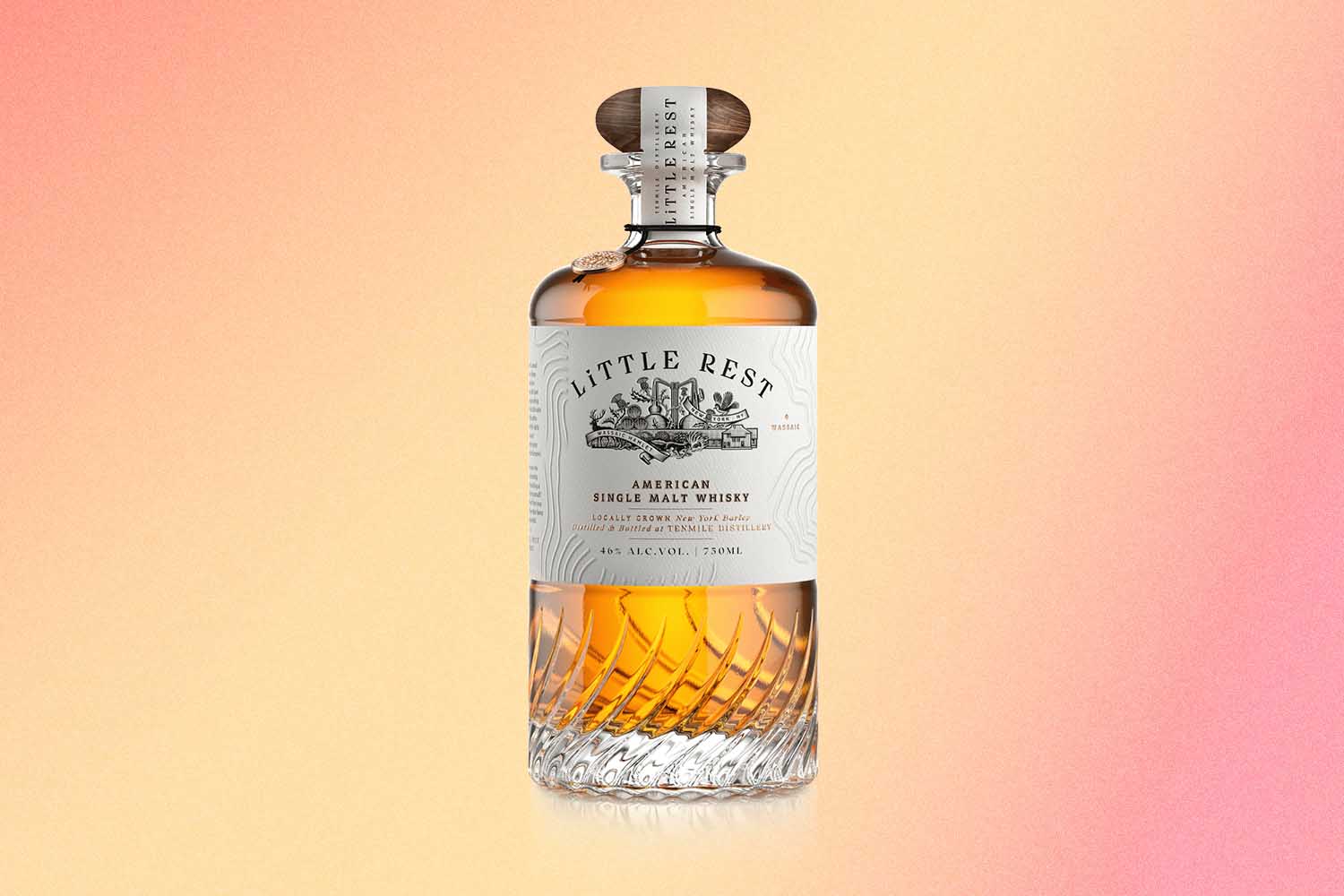
How Does Little Rest Compare with Scotch?
While Fraser believes in terroir, all the micro-factors of climate and weather that can impact a wine or spirit’s taste, he says, “Personally, I believe you can work in any environment. It’s what you do in the distillery that’s the most important—and the casks you use.”
Though it’s not for sale, the unaged whisky at Tenmile is remarkably drinkable. It’s sweet on the nose with tropical fruit notes (a product of that long fermentation) and a roast-y cereal finish. In its three years of aging, Little Rest gained gentle cinnamon notes in bourbon and wine barrels, while retaining a light straw color and delicate finish recognizable to drinkers of Speyside and Highlands Scotch.
Buying young, delicious Little Rest now, says LeVangia, is an investment in your drinking future. Folks who secure a bottle of the first run get first dibs on future releases. “We just want to make the best American single malt, and possibly the best single malt going,” says LeVangia. “I feel pretty good about this 3-year-old, and I’m really interested to see what it’s like at 10 to 12 years old.”
Every Thursday, our resident experts see to it that you’re up to date on the latest from the world of drinks. Trend reports, bottle reviews, cocktail recipes and more. Sign up for THE SPILL now.
